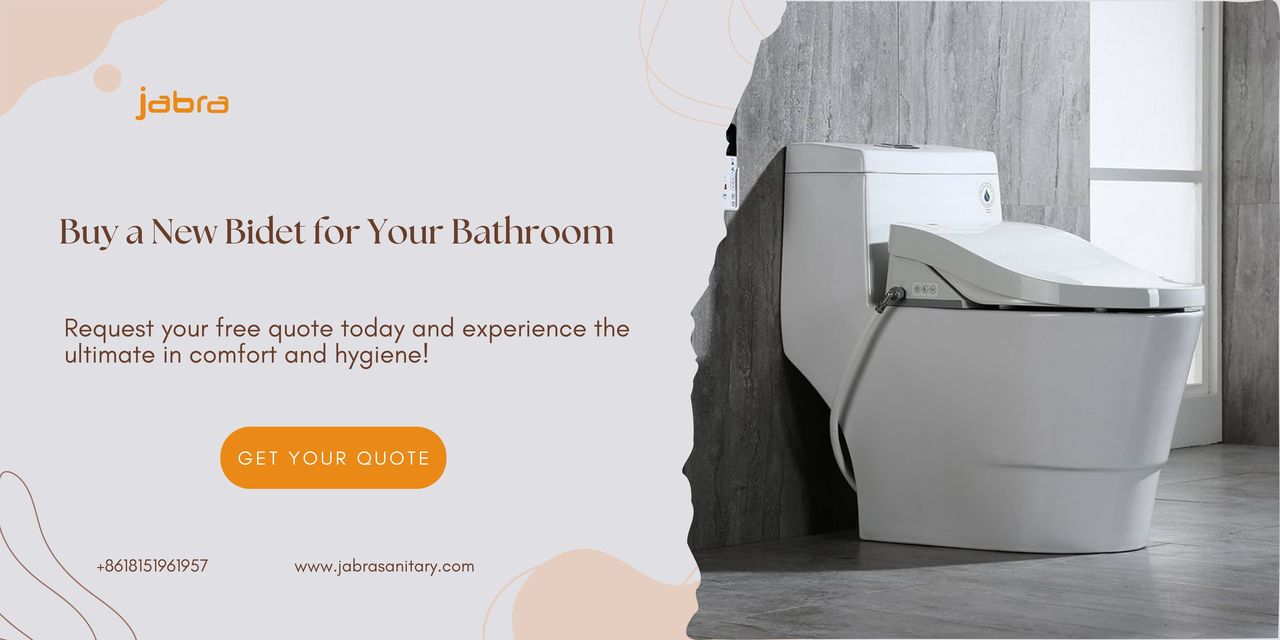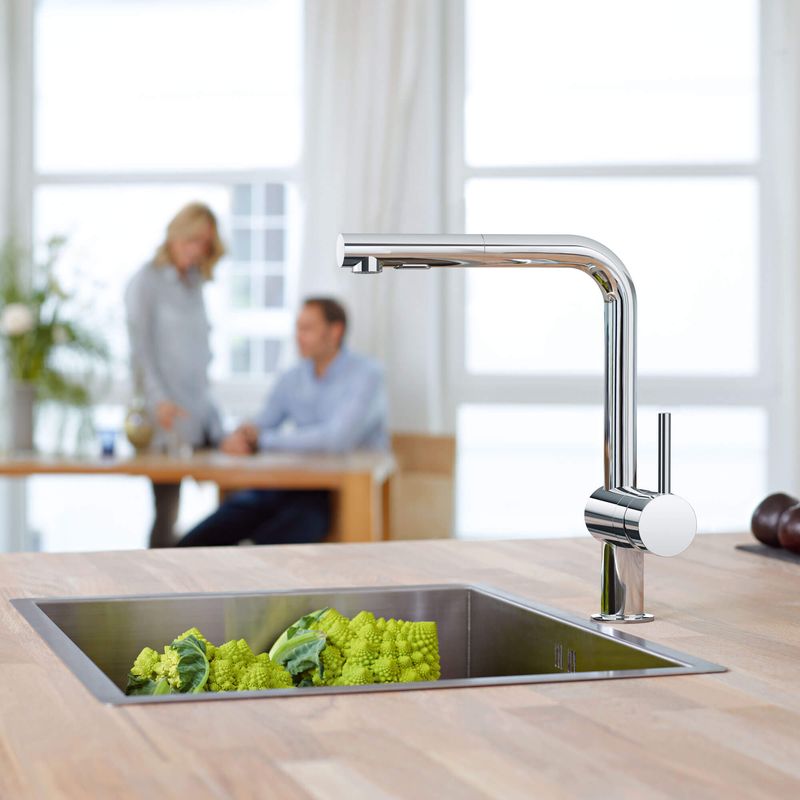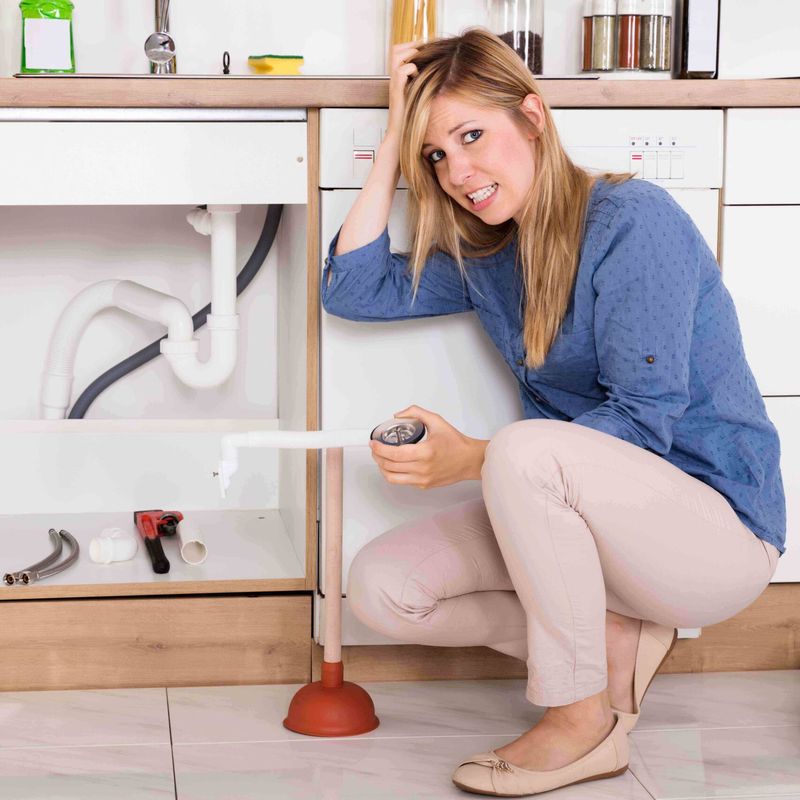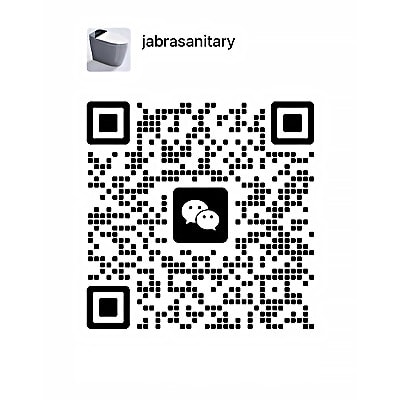 English
English
Jabra Sanitary is a sanitaryware supplier offering toilets, sinks, faucets, bathtubs, etc., at competitive prices. If you're a distributor, wholesaler, or project contractor, get a quote today!
 $23.9 Limited-time Offer
$23.9 Limited-time Offer Consignment Policy
Consignment Policy 20 Years of Experience
20 Years of Experience
The debate "bidet vs toilet" has gained significant attention regarding personal hygiene. Both offer unique advantages and understanding the key differences can help us make an informed decision about what's best for our needs. From hygiene to sustainability, there's more to this "bidet vs toilet" comparison than meets the eye.
In this article, we'll explore the essential differences between bidets and toilets, their pros and cons, and cultural perspectives and misconceptions regarding bidets. Additionally, we'll compare the bidet and toilet paper from a sanitary perspective.
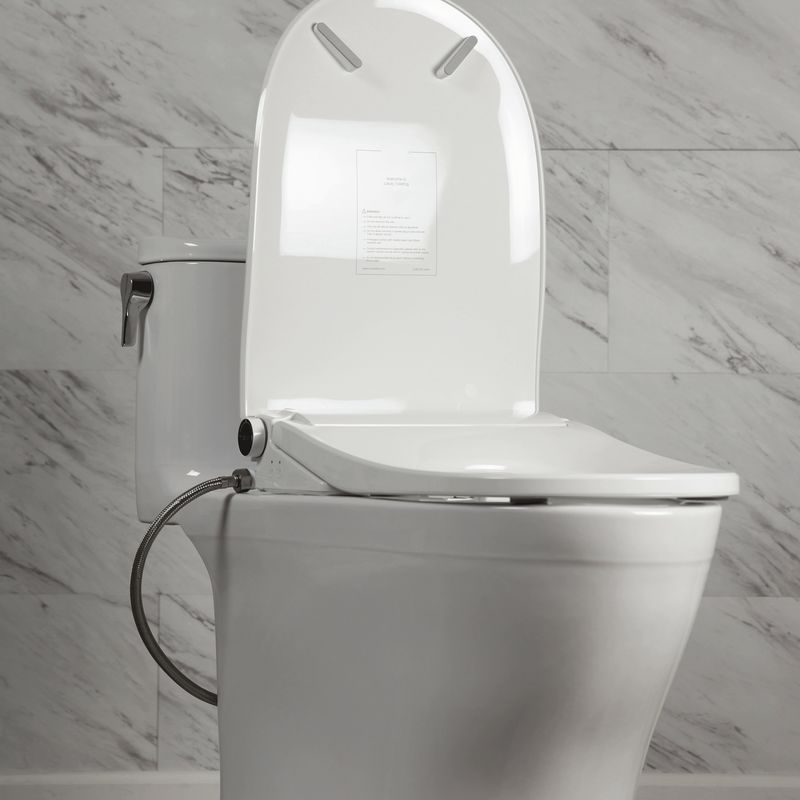
Table of Contents
Key Differences Between Bidets and Toilets
What Is a Bidet?
Pros of Bidets
Cons of Bidets
What Is a Toilet?
Pros of Toilets
Cons of Toilets
Bidet vs. Toilet: Which is Better?
Cultural Perspectives on Bidet Use
Common Misconceptions About Bidets
Bidet vs. Toilet Paper: Is a Bidet More Sanitary?
FAQs
Conclusion
Key Differences Between Bidets and Toilets
Understanding the fundamental differences between bidets and toilets is essential for making the right choice. Let's explain how these two bathroom fixtures: bidet vs toilet function and their unique cleaning methods.
Functionality
- Bidets: A bidet is designed to clean your private areas with a gentle stream of water. It's not a replacement for a toilet but rather a complement. Modern bidets may include features like adjustable water pressure, temperature control, and even air drying.
- Toilets: Traditional toilets serve the basic function of waste disposal. They rely on flushing mechanisms to remove waste, typically requiring toilet paper for cleaning.
Cleaning Methods
- Bidets: The cleaning process involves the use of water, making it more thorough and gentle compared to wiping with toilet paper. Many bidets are hands-free, which further reduces the risk of spreading germs.
- Toilets: Cleaning with a toilet typically involves toilet paper or wet wipes. While it's convenient and common, it might not be as effective or hygienic as using water.
In conclusion, while both bidets and toilets serve important functions in the bathroom, they differ significantly in their cleaning methods.
Bidets offer a more thorough, hygienic, and water-based cleaning experience, while toilets rely on traditional waste disposal and toilet paper for cleaning.
What Is a Bidet?
A bidet is a bathroom fixture designed to clean your private areas using a stream of water. Originating in France in the 17th century, bidets have evolved from standalone fixtures to modern and high-tech devices that can be attached to your existing toilet.
Modern bidets come with a range of features that enhance comfort and hygiene, including:
- Adjustable water pressure and temperature
- Self-cleaning nozzles
- Air drying to reduce the need for toilet paper
- Heated seats for added comfort
- Deodorizers and night lights (on premium models)
Pros of Bidets
Bidets offer a range of benefits that make them an appealing choice for many households. From improved hygiene to environmental advantages, here are the key reasons why bidets are gaining popularity:
Improved Hygiene
Bidets provide a more thorough cleaning than toilet paper by using water, which is gentler on the skin and more effective in removing bacteria and residue. They reduce the risk of irritation, especially for people with sensitive skin, hemorrhoids, or other medical conditions.
Eco-Friendly
Switching to a bidet can significantly cut down on toilet paper usage. Over time, this helps conserve trees and reduces the water consumption associated with producing toilet paper.
Cost Savings
While bidets have an upfront cost, they can save money in the long run by reducing the need for toilet paper and wet wipes. Fewer plumbing issues are caused by clogged pipes from excessive toilet paper usage.
Comfort and Convenience
Many modern bidets offer advanced features like warm water, air drying, and heated seats, adding a luxurious touch to your bathroom experience. Adjustable water pressure and temperature allow for a customized and comfortable cleaning process.
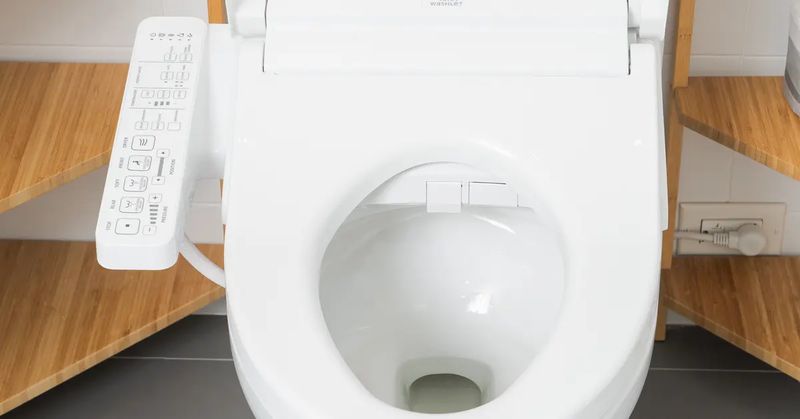
Suitable for All Ages and Needs
Bidets are especially beneficial for elderly people, pregnant women, and individuals with mobility issues, as they provide a hands-free and effortless way to stay clean. They are also helpful for parents cleaning up after young children or managing potty training.
Reduces Odors
By cleaning with water, bidets help eliminate lingering odors, ensuring a fresher and more hygienic bathroom experience.
Cons of Bidets
While bidets offer many benefits, there are also some potential downsides to consider. Here are the main drawbacks of bidets:
Upfront Costs
Modern bidets, especially high-end models with advanced features, can be expensive.
Even basic bidet attachments require an initial investment, though they may save money in the long term.
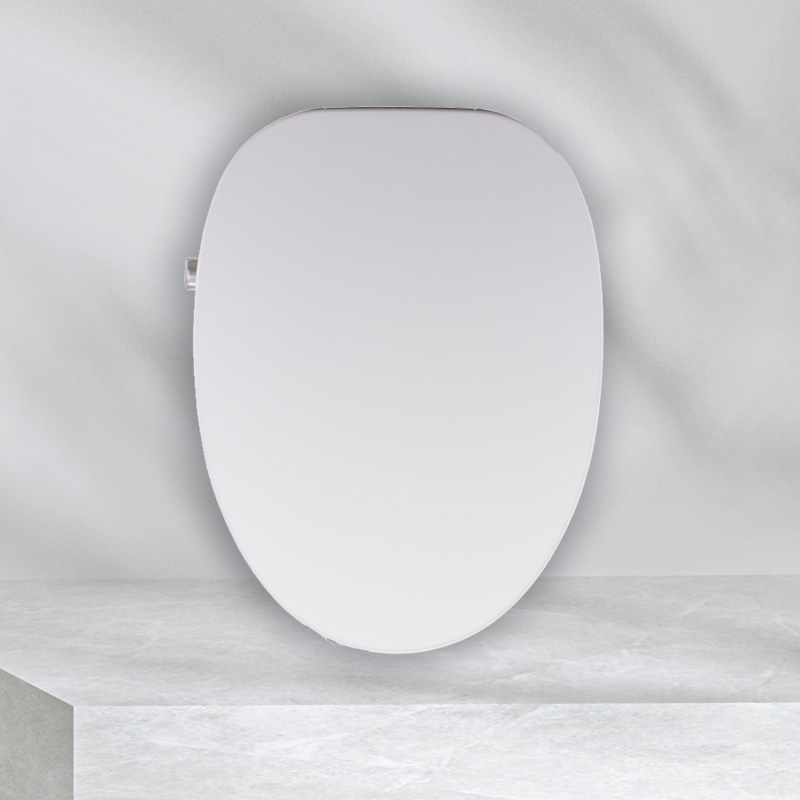
Best Budget Bidet Attachment With Dryer
Introducing the best budget bidet J-1802, the perfect blend of affordability and advanced features. This bidet with dryer offers instant heating, providing warm water without the wait, and maintains a constant water temperature for a comfortable cleanse every time.
Installation Challenges
Installing a bidet may require additional plumbing or electrical work, particularly for standalone or integrated models. Renters may face restrictions on modifying bathrooms, making standalone bidets or permanent installations impractical.
Space Requirements
Standalone bidets take up extra space in the bathroom, which can be an issue in smaller homes or apartments. While bidet attachments and integrated models are space-saving, standalone units may not be feasible for every bathroom layout.
Learning Curve
For first-time users, there can be an adjustment period to learn how to use a bidet properly and comfortably. Some people may feel uncomfortable with the idea of using water for cleaning instead of toilet paper.
Maintenance Needs
Bidets require regular cleaning to prevent the buildup of bacteria or mineral deposits, especially for nozzles and water tanks. Advanced models with electrical components may need occasional repairs or servicing.
Water Usage
Although bidets save on toilet paper, they do use water, which may slightly increase water bills.
Not Universally Accepted
In certain cultures or households, the use of a bidet may be viewed as unconventional or unnecessary, leading to reluctance to adopt this alternative.
What Is a Toilet?
A toilet is a piece of sanitary hardware that collects human waste, and sometimes toilet paper, usually for disposal. Toilets rely on a flushing mechanism that removes waste through a system of pipes and into a sewage or septic system.
The two main types of toilets are:
- Gravity-Fed Toilets: These use gravity to flush water from the tank into the bowl and carry waste away.
- Pressure-Assisted Toilets: These use compressed air to create a powerful flush. They are often found in commercial settings or homes seeking greater water efficiency.
Modern toilets come with a variety of features, including:
- Dual-flush systems: Allow users to choose between a light flush for liquid waste and a full flush for solid waste.
- Low-flow toilets: Designed to use less water per flush, reducing water bills and environmental impact.
- Comfort height options: Taller toilets that are easier to use for the elderly or those with mobility issues.
Pros of Toilets
Toilets are a staple in nearly every household, and their widespread use is no coincidence. Here are the key advantages of traditional toilets:
Universally Available and Familiar
Toilets are found in homes, businesses, and public spaces worldwide, making them the most convenient and accessible option. People are already familiar with how to use toilets, eliminating the need for any learning curve.
Easy Installation
Most homes are already equipped with toilets, so no additional setup or modifications are needed. Installing a new toilet or replacing an old one is generally straightforward, especially compared to adding a bidet.
Space-Efficient
Standard toilets fit seamlessly into any bathroom layout, making them ideal for small spaces. Unlike standalone bidets, toilets don't require additional fixtures, saving valuable room in compact bathrooms.
Cost-Effective
Traditional toilets are usually less expensive than purchasing and installing a bidet.
They require no extra accessories, like electrical connections or plumbing changes, which can add to the cost of bidets.
Reliable Waste Management
Toilets are highly effective at disposing of waste, offering a simple and efficient solution.
They integrate directly with sewage systems or septic tanks for seamless operation.
Advanced Options Available
Smart toilets with features like automatic flushing, self-cleaning, and heated seats are becoming more common. Dual-flush and low-flow models help conserve water without compromising performance.
Durable and Long-Lasting
With proper maintenance, a standard toilet can last for decades, providing long-term reliability. They are built to handle everyday wear and tear with minimal repairs.
Cons of Toilets
While toilets are essential and widely used, they do come with some drawbacks. Here are the key disadvantages of traditional toilets:
Hygiene Limitations
Cleaning with toilet paper alone may not be as effective or hygienic as using water, leaving residue behind. Excessive wiping can irritate the skin, especially for individuals with sensitive skin or certain medical conditions.
Environmental Impact
Toilets contribute to high toilet paper consumption. This has a significant environmental cost, including deforestation and water usage during production. Older toilets can use up to 7 gallons of water per flush, leading to wastage.
Maintenance and Clogs
Toilets can clog, especially if excessive toilet paper or non-flushable items are used.
Repairing or unblocking a toilet can be inconvenient and costly.
Limited Comfort
Standard toilets may not offer the same level of comfort as modern bidets, such as adjustable water pressure, warm water, or air drying. Sitting on a cold toilet seat can be unpleasant, especially in colder climates, unless upgraded with features like heated seats.
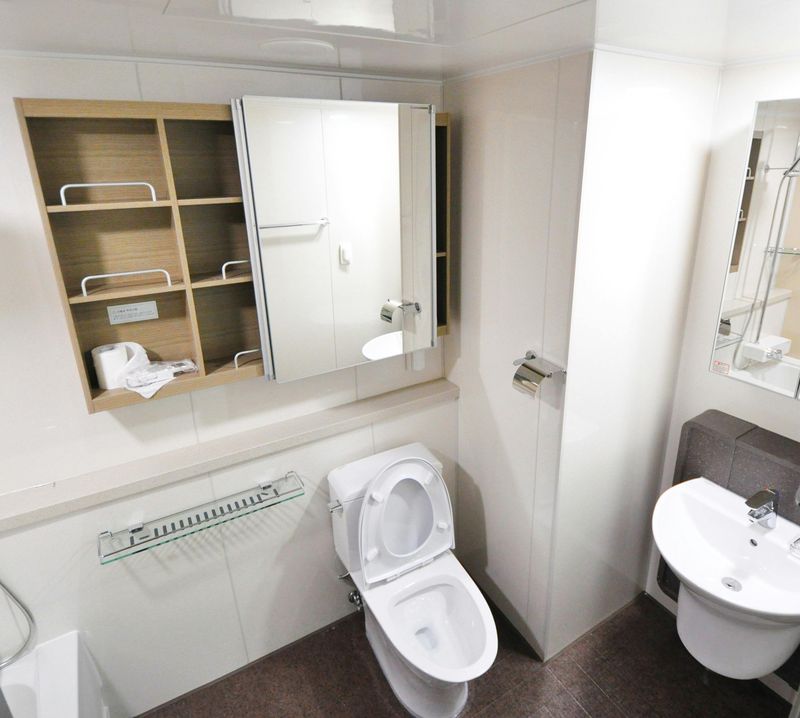
Water Usage
While modern toilets are more efficient, they still use more water than bidets for waste disposal. Even low-flow toilets, which save water, may not match the sustainability of bidet systems.
Lack of Adaptability
Standard toilets may not meet the needs of individuals with mobility challenges or specific hygiene requirements as effectively as bidets. For elderly users or those with disabilities, traditional toilets don't have grab bars or elevated seats.
Cultural Reluctance to Change
In many regions, toilet paper is considered the norm, which perpetuates reliance on traditional toilets and limits awareness of alternatives like bidets.
Bidet vs. Toilet: Which is Better?
When choosing between a bidet and a toilet, several factors come into play. Let's compare both options across key criteria like hygiene, comfort, cost, maintenance, and sustainability to help you make an informed decision.
Here is a detailed table:
Factor |
Bidet |
Toilet |
|---|---|---|
Comfort |
Bidets are comfortable, especially with modern features designed for added luxury. |
Toilets are generally more affordable upfront, with options to suit most budgets. |
Cost |
Bidets can be an expensive initial investment, especially for advanced models with heating and drying features. However, low-cost attachments and handheld bidets provide affordable alternatives. Over time, bidets save money on toilet paper. |
Toilets are generally more affordable upfront, with options to suit most budgets. However, they require the ongoing cost of toilet paper, which can add up over time. |
Maintenance |
Bidets need regular cleaning, especially for the nozzles and water tanks. High-end bidet models with electrical components may require occasional repairs or servicing. |
Toilets require occasional maintenance, including unclogging, replacing parts, and cleaning. Toilets with dual-flush systems can reduce water usage, but traditional models may use more water per flush. |
Sustainability |
Bidets significantly reduce the need for toilet paper, helping conserve trees and reduce water usage in paper production. Over time, bidets can also lower your carbon footprint. |
Toilets contribute to high toilet paper consumption, which has an environmental impact. However, modern toilets with dual-flush or low-flow technology help save water. |
Cultural Perspectives on Bidet Use
The use of bidets varies significantly across cultures. Different regions have unique preferences and practices when it comes to bathroom hygiene.
Understanding these cultural perspectives can shed light on why bidets are more common in some countries than others. Here is a breakdown:
Europe
Bidets are a staple in many European countries, particularly in France, Italy, and Spain. In these regions, bidets are considered an essential part of bathroom hygiene. The use of a bidet is often seen as a more refined and hygienic alternative to relying solely on toilet paper.
Asia
Bidets are widely used in countries like Japan and South Korea, where technology has transformed them into high-tech fixtures.
In Japan, smart bidets are common, with features like heated seats, water temperature controls, and air drying.
In contrast, countries like China and India primarily use other methods, such as water sprayers or traditional squat toilets.
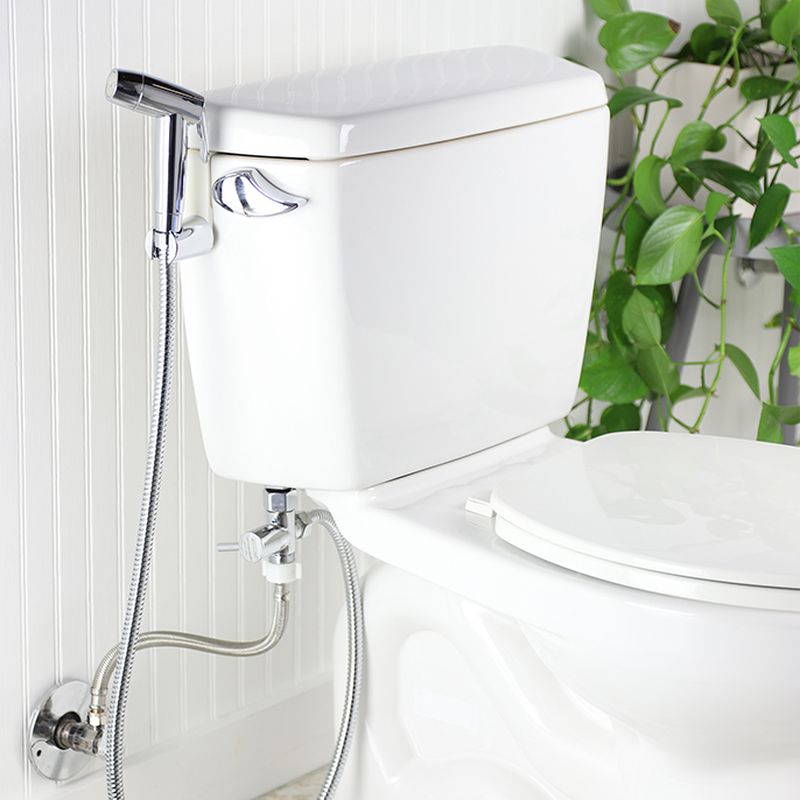
Middle East
Bidets or handheld sprayers are the norm in Middle Eastern countries. The emphasis on cleanliness in Islamic culture plays a significant role in the widespread adoption of water-based cleaning methods.
Most bathrooms in this region include bidet sprayers as a standard feature.
North America
In the United States and Canada, bidets are less common and often viewed as a luxury or novelty item. Cultural habits and the dominance of toilet paper usage have kept bidet adoption relatively low, though interest is growing due to environmental concerns and international travel experiences.
South America
Countries like Argentina and Brazil frequently use bidets, particularly in urban areas. The bidet is seen as a practical and hygienic addition to bathrooms.
Africa
The use of bidets varies across the continent. In some countries, water-based cleaning methods are common, while others rely on toilet paper due to cultural and infrastructural differences.
Common Misconceptions About Bidets
Despite their growing popularity, bidets are often misunderstood. Let's debunk some of the most common misconceptions about bidets and reveal the facts:
1. "Bidets Are Only for Women"
Many believe bidets are designed exclusively for women or for specific purposes like postpartum hygiene.
Bidets are for everyone, regardless of gender. They are designed to provide a thorough and hygienic cleaning experience for all users.
2. "Bidets Are Unhygienic"
Some assume that bidets spread germs or are less sanitary than toilet paper.
Bidets are highly hygienic, often more so than toilet paper. Modern bidets come with self-cleaning nozzles, ensuring cleanliness and reducing the risk of bacterial spread.
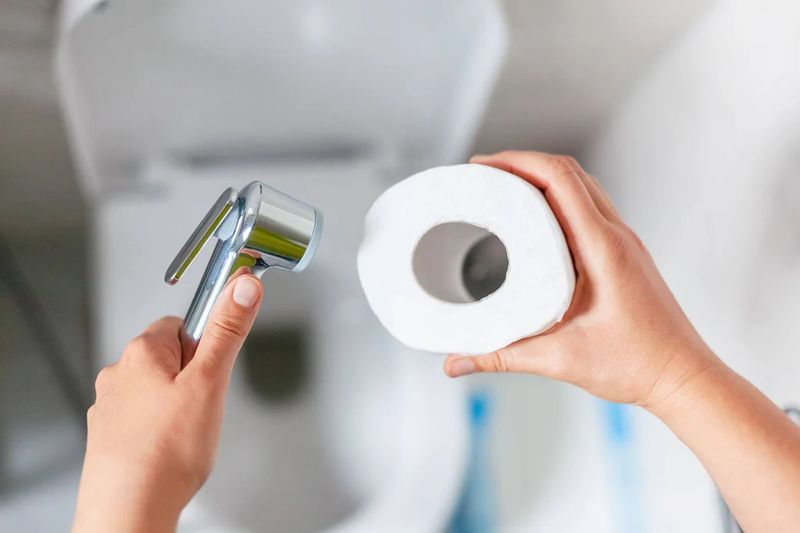
3. "Bidets Waste a Lot of Water"
Many people think bidets use excessive amounts of water compared to toilets.
While bidets do use water, it's far less than the water required to produce toilet paper. In the long run, bidets are more sustainable and environmentally friendly.
4. "Bidets Are Difficult to Install"
Some believe installing a bidet requires complex plumbing and professional assistance.
While standalone bidets may require additional plumbing, bidet attachments and handheld sprayers are simple to install and require no professional help.
5. "Using a Bidet Will Leave You Wet"
Many think using a bidet will leave them wet and uncomfortable.
Bidets provide a controlled stream of water, and most modern models include air-drying features. For models without air drying, a small amount of toilet paper or a designated towel can be used for drying.
6. "Bidets Are Too Expensive"
Bidets are often perceived as a luxury item, too costly for the average household.
While high-end models can be expensive, affordable options like bidet attachments and handheld sprayers are widely available.
7. "Bidets Are a Luxury Only in Europe or Asia"
Some think bidets are only popular in Europe or Asia and irrelevant elsewhere.
While bidets are more common in some regions, they are gaining popularity worldwide, particularly in North America. It is because people recognize their hygiene and environmental benefits.
Misconceptions about bidets often stem from a lack of exposure or familiarity. With proper understanding, more people are embracing the advantages of bidets in their homes.
Bidet vs. Toilet Paper: Is a Bidet More Sanitary?
The debate between using a bidet or toilet paper often comes down to cleanliness. Let's compare the two and determine whether bidets truly offer a more sanitary solution. Here is a detailed table:
| Criteria | Bidet | Toilet Paper | Winner |
|---|---|---|---|
| Effectiveness in Cleaning | Clean thoroughly with water, removing bacteria, residue, and odors effectively. | May leave residue and is less effective at removing bacteria. Can irritate sensitive skin. | Bidet – Water cleans more effectively. |
| Bacteria and Germ Spread | Self-cleaning nozzles reduce contamination and hand contact, lowering germ spread. | Handling toilet paper increases bacteria transfer if hands are not washed properly. | Bidet – Less hand contact, fewer germs spread. |
| Skin Health | A gentle water stream is soothing and better for sensitive skin or medical conditions. | Frequent wiping can cause irritation, chafing, or discomfort, especially with rough paper. | Bidet – Gentler on skin. |
| Odor Control | Water cleans thoroughly, reducing lingering odors for a fresher feeling. | Wiping may not fully eliminate odors after a bowel movement. | Bidet – Superior odor control. |
| Environmental Impact | Reduce toilet paper use, conserve trees, and lowering carbon footprint. | Toilet paper production uses large amounts of water, energy, and trees. | Bidet – more eco-friendly and sustainable. |
| Cost Over Time | Higher upfront cost but saves money by reducing toilet paper use. | The recurring expense of toilet paper adds up, especially in large households. | Bidet – Save money long-term. |
FAQs
Here are answers to some of the most frequently asked questions about bidets:
Why does America not use bidets?
This stems from cultural habits and a longstanding reliance on toilet paper. Additionally, many American bathrooms aren't designed to accommodate standalone bidets, making adoption slower. However, interest in bidets is growing, particularly due to their environmental and hygiene benefits.
Can a bidet be used as a toilet?
No, a bidet is not a replacement for a toilet. It's used for cleaning after using the toilet. However, modern bidet-toilet combos combine the functionality of both fixtures, offering a streamlined and space-saving solution.
How are you not wet after using a bidet?
Most modern bidets are designed to provide a controlled stream of water, minimizing excess moisture. Many models also include air-drying features. If the bidet doesn't have a drying option, you can use a small amount of toilet paper or a designated towel to pat yourself dry.
Which country uses bidets the most?
Italy is the country that uses bidets the most, with 76.28% of bathrooms having them.
Do bidets waste a lot of water?
No, bidets don't waste a lot of water. They use a small amount of water compared to the amount of water used to make toilet paper. A bidet typically uses about 1/8 of a gallon of water per use. In comparison, a toilet uses about four gallons of water per flush.
Conclusion
When it comes to the debate between bidets and toilets, the choice ultimately depends on your priorities. Bidets offer superior hygiene, environmental sustainability, and long-term cost savings. They are an excellent choice for those who value cleanliness and eco-friendliness.
On the other hand, traditional toilets are more universally available, space-efficient, and require less upfront investment. If you still can't make a choice, Jabra Sanitary is your top bidet supplier, who can help you make the decision and recommend a Jabra bidet or toilet.
With a diverse range of options available, it helps you find the perfect balance of style and functionality that complements your needs.







